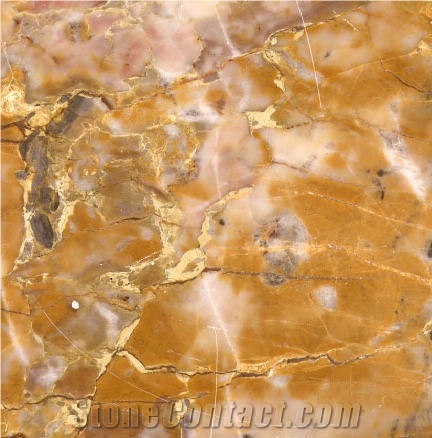Can France's Breche du Tholonet Marble be used exterior applications in very windy climates?
Breche du Tholonet is a type of marble that originates from the Provence region in France. While marble is a durable and long-lasting material, it is not inherently suitable for all exterior applications, especially in very windy climates. The decision to use Breche du Tholonet Marble for exterior applications in such conditions should be made after careful consideration of several factors:
1. Porosity: Marble is a naturally porous material and can absorb water, which may lead to cracking and deterioration in freezing temperatures. In windy climates where rain or snow can be driven at high speeds, it is important to ensure that the marble is properly sealed and maintained to prevent water penetration.
2. Wind resistance: Marble is a heavy material, and when properly installed, it can generally withstand the impact of wind. However, constant exposure to high winds can cause erosion and wear over time. Consideration should be given to wind patterns, speed, and exposure when selecting marble for exterior applications.
3. Maintenance: Exterior marble surfaces, especially in windy climates, require regular maintenance to prevent staining, weathering, and deterioration. Regular cleaning, sealing, and periodic inspections are necessary to ensure the marble retains its beauty and durability.
4. Alternatives: In very windy climates, it may be advisable to consider alternative materials that are specifically designed for outdoor use and offer higher resistance to wind, such as granite or engineered stone. These materials are generally more suitable for harsher environments and require less maintenance.
Ultimately, the decision to use Breche du Tholonet Marble for exterior applications in very windy climates should be made in consultation with professionals such as architects, contractors, and stone suppliers, who can assess the specific site conditions and recommend the most suitable materials and installation techniques.
Breche du Tholonet is a type of marble that originates from the Provence region in France. While marble is a durable and long-lasting material, it is not inherently suitable for all exterior applications, especially in very windy climates. The decision to use Breche du Tholonet Marble for exterior applications in such conditions should be made after careful consideration of several factors:
1. Porosity: Marble is a naturally porous material and can absorb water, which may lead to cracking and deterioration in freezing temperatures. In windy climates where rain or snow can be driven at high speeds, it is important to ensure that the marble is properly sealed and maintained to prevent water penetration.
2. Wind resistance: Marble is a heavy material, and when properly installed, it can generally withstand the impact of wind. However, constant exposure to high winds can cause erosion and wear over time. Consideration should be given to wind patterns, speed, and exposure when selecting marble for exterior applications.
3. Maintenance: Exterior marble surfaces, especially in windy climates, require regular maintenance to prevent staining, weathering, and deterioration. Regular cleaning, sealing, and periodic inspections are necessary to ensure the marble retains its beauty and durability.
4. Alternatives: In very windy climates, it may be advisable to consider alternative materials that are specifically designed for outdoor use and offer higher resistance to wind, such as granite or engineered stone. These materials are generally more suitable for harsher environments and require less maintenance.
Ultimately, the decision to use Breche du Tholonet Marble for exterior applications in very windy climates should be made in consultation with professionals such as architects, contractors, and stone suppliers, who can assess the specific site conditions and recommend the most suitable materials and installation techniques.
 France
(Le Tholonet, Aix-en-Provence, Dept. Bouches-du-Rhone)
France
(Le Tholonet, Aix-en-Provence, Dept. Bouches-du-Rhone)










 France
France


 China
China
 Verified Supplier is for prove company authenticity,including business license,trade license and effective office space,to enhance buyers' trust to suppliers and their products, reducing communication costs.
Verified Supplier is for prove company authenticity,including business license,trade license and effective office space,to enhance buyers' trust to suppliers and their products, reducing communication costs.






